The Solar Flower Market is currently characterized by a dynamic competitive landscape, driven by increasing demand for renewable energy solutions and technological advancements. Key players such as SunPower Corporation (US), First Solar, Inc. (US), and Trina Solar Limited (CN) are strategically positioning themselves through innovation and regional expansion. SunPower Corporation (US) focuses on enhancing its product offerings with high-efficiency solar panels, while First Solar, Inc. (US) emphasizes sustainability through its commitment to recycling solar panels. Trina Solar Limited (CN) is expanding its global footprint by establishing manufacturing facilities in emerging markets, thereby enhancing its competitive edge. Collectively, these strategies contribute to a robust competitive environment, fostering innovation and driving market growth.
In terms of business tactics, companies are increasingly localizing manufacturing to mitigate supply chain disruptions and optimize logistics. The Solar Flower Market appears moderately fragmented, with several key players exerting influence over their respective regions. This fragmentation allows for diverse strategies, as companies leverage local resources and expertise to enhance their operational efficiency and market reach.
In August 2025, SunPower Corporation (US) announced a partnership with a leading technology firm to develop advanced solar tracking systems. This strategic move is likely to enhance the efficiency of solar energy capture, positioning SunPower as a frontrunner in technological innovation within the market. The collaboration underscores the importance of integrating cutting-edge technology to improve product performance and customer satisfaction.
In September 2025, First Solar, Inc. (US) unveiled a new initiative aimed at increasing the recyclability of its solar panels. This initiative not only aligns with global sustainability goals but also enhances First Solar's reputation as a leader in environmentally responsible practices. The strategic focus on sustainability may attract environmentally conscious consumers and investors, thereby strengthening its market position.
In July 2025, Trina Solar Limited (CN) expanded its manufacturing capabilities by opening a new facility in Southeast Asia. This expansion is indicative of Trina's strategy to capitalize on the growing demand for solar energy in the region. By localizing production, Trina Solar can reduce costs and improve delivery times, which may enhance its competitive advantage in the rapidly evolving market.
As of October 2025, the Solar Flower Market is witnessing trends such as digitalization, sustainability, and the integration of artificial intelligence in operations. Strategic alliances are increasingly shaping the competitive landscape, as companies collaborate to leverage each other's strengths. Looking ahead, competitive differentiation is likely to evolve from traditional price-based competition to a focus on innovation, technological advancements, and supply chain reliability. This shift may redefine market dynamics, compelling companies to invest in research and development to maintain their competitive edge.


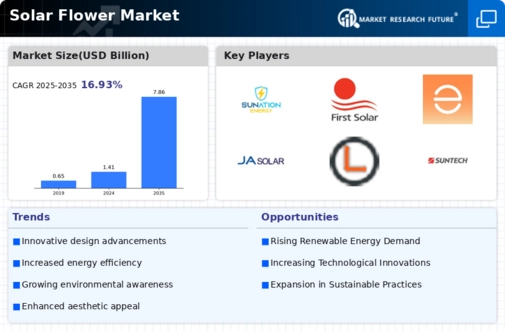
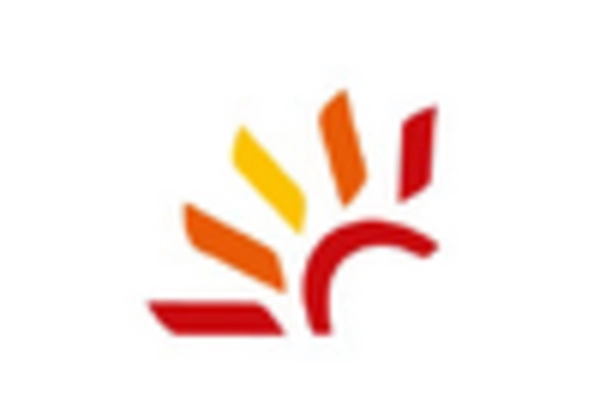
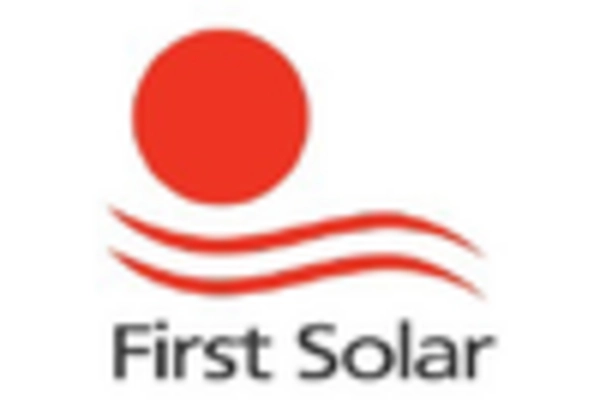
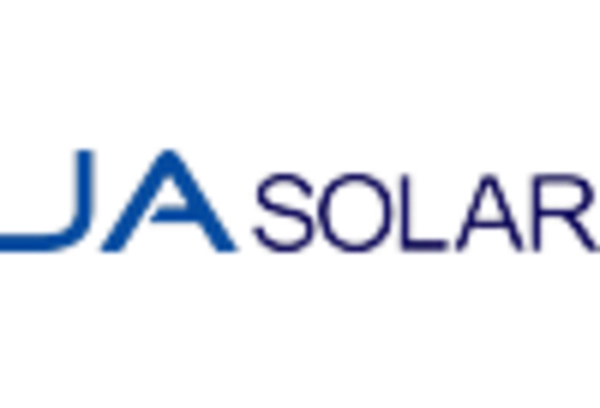
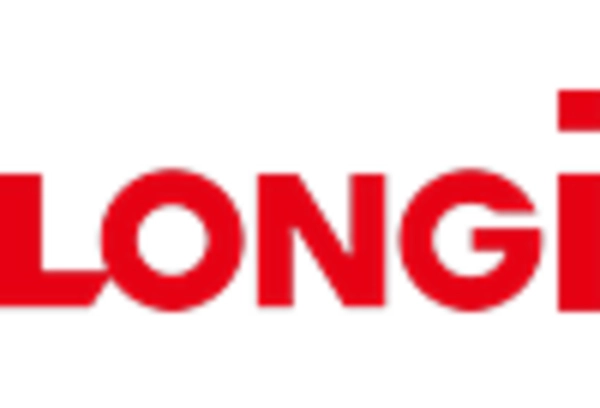
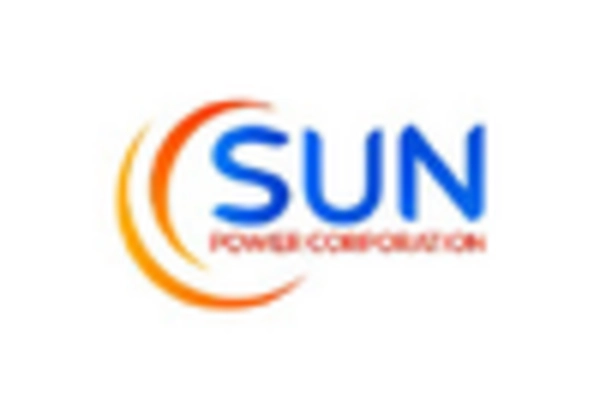









Leave a Comment